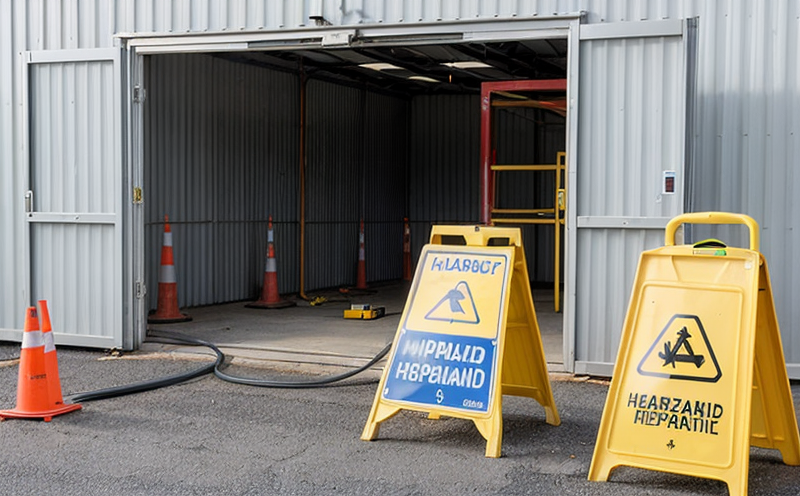
-
Construction and Engineering Compliance-
Construction Site Inspection and Compliance-
Hazardous Materials Inspections and Compliance
We provide comprehensive solutions designed to help our clients mitigate risks, enhance performance, and excel in key areas such as quality, health & safety, environmental sustainability, and social responsibility.
Discover
For many years, our organization has been operating successfully, boasting modern laboratories that meet international standards. These laboratories are equipped with the latest technology devices and equipment, and we have built a strong team of experienced and trained personnel to operate them.
DiscoverWelcome to Eurolab, your partner in pioneering solutions that encompass every facet of life. We are committed to delivering comprehensive Assurance, Testing, Inspection, and Certification services, empowering our global clientele with the ultimate confidence in their products and processes.
Discover
-
Construction and Engineering Compliance-
Construction Site Inspection and Compliance-
Hazardous Materials Inspections and ComplianceHazardous Materials Inspections and Compliance: Ensuring Safety in the Workplace
Hazardous materials inspections are a critical component of ensuring safety in the workplace. These inspections involve evaluating the handling, storage, and transportation of hazardous materials to prevent accidents, injuries, and environmental harm. Compliance with regulations is essential for companies that handle hazardous materials, as non-compliance can result in fines, penalties, and even loss of business.
Why Hazardous Materials Inspections are Necessary
Hazardous materials inspections are necessary for several reasons:
Review company policies and procedures related to hazardous materials handling.
Ensure they are up-to-date and compliant with regulations.
Identify any areas for improvement or revisions.
Identify potential hazards associated with the storage, handling, and transportation of hazardous materials.
Consider factors such as:
Incompatible chemicals
Equipment malfunctions
Human error
Environmental conditions (temperature, humidity, etc.)
Conduct a walk-through inspection of the facility to identify any potential hazards or non-compliance issues.
Look for signs of wear and tear on equipment or containers.
Check for proper labeling and identification of hazardous materials.
Document all findings, including recommendations for corrective action.
Ensure that all documentation is accurate and complete.
Review and update company policies and procedures as necessary.
QA Section
Here are some frequently asked questions about hazardous materials inspections:
Q: What are the main reasons for conducting hazardous materials inspections?
A: The main reasons for conducting hazardous materials inspections include prevention of accidents, protection of workers and the public, and compliance with regulations.
Q: How often should routine inspections be conducted?
A: Routine inspections should be conducted on a regular basis, such as monthly or quarterly, to ensure compliance with regulations and identify potential hazards.
Q: What types of hazardous materials are considered most hazardous?
A: The most hazardous types of hazardous materials include those that are volatile, corrosive, or reactive.
Q: How can companies prevent accidents involving hazardous materials?
A: Companies can prevent accidents by implementing proper handling, storage, and transportation procedures, as well as conducting regular inspections to identify potential hazards.
Q: What is the purpose of incident investigations?
A: The purpose of incident investigations is to identify the cause of an incident involving hazardous materials and make recommendations for preventing future incidents.
Q: Who should be involved in conducting hazardous materials inspections?
A: Conducting hazardous materials inspections requires a team effort, including employees from various departments such as operations, safety, and compliance.
Q: How can companies ensure that their hazardous materials handling operations are compliant with regulations?
A: Companies can ensure compliance by implementing proper policies and procedures, conducting regular inspections, and maintaining accurate documentation.

Energy and Sustainability Standards
In today’s rapidly evolving world, businesses face increasing pressure to meet global energy a...

Food Safety and Testing
Food Safety and Testing: Ensuring the Quality of Our Food As consumers, we expect our food to be sa...
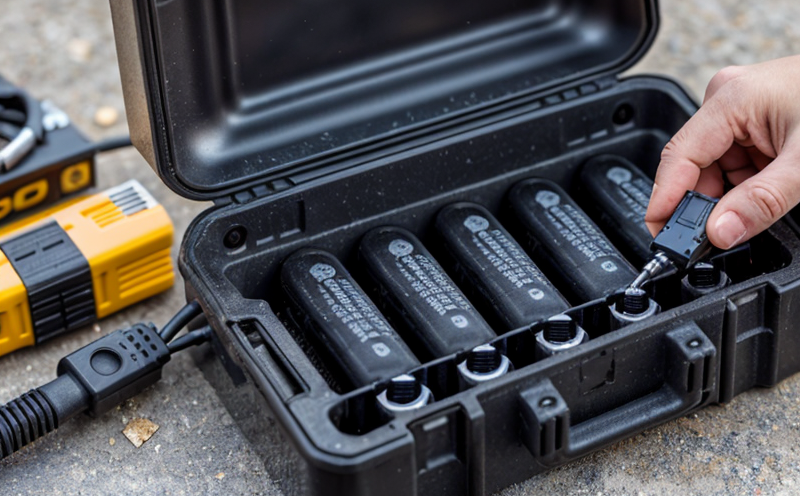
Battery Testing and Safety
Battery Testing and Safety: A Comprehensive Guide As technology continues to advance, battery-power...

Aviation and Aerospace Testing
Aviation and Aerospace Testing: Ensuring Safety and Efficiency The aviation and aerospace industr...

Railway Industry Compliance
Railway Industry Compliance: Ensuring Safety and Efficiency The railway industry is a critical comp...

Construction and Engineering Compliance
Construction and Engineering Compliance: Ensuring Safety, Quality, and Regulatory Adherence In the ...

Automotive Compliance and Certification
Automotive Compliance and Certification: Ensuring Safety and Efficiency The automotive industry is ...

Cosmetic Product Testing
The Complex World of Cosmetic Product Testing The cosmetics industry is a multi-billion-dollar ma...
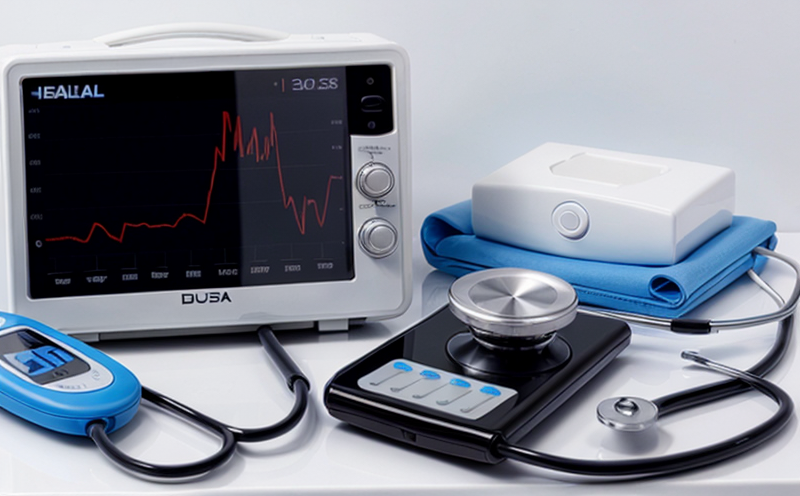
Healthcare and Medical Devices
The Evolution of Healthcare and Medical Devices: Trends, Innovations, and Challenges The healthcare...
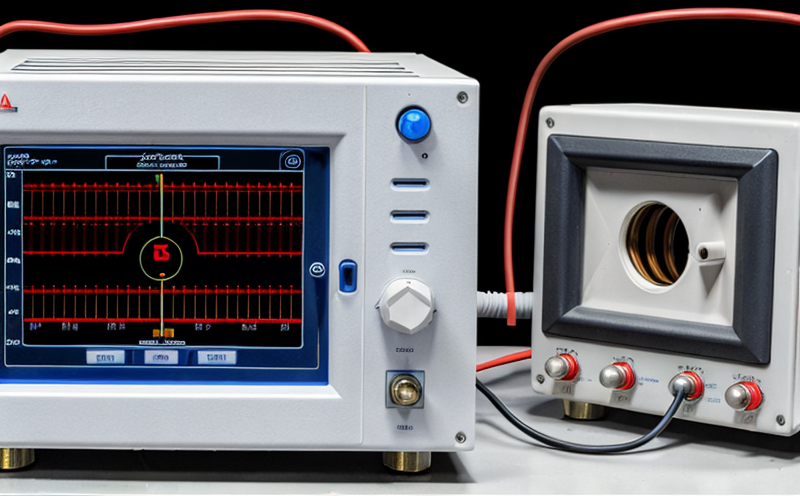
Electrical and Electromagnetic Testing
Electrical and Electromagnetic Testing: A Comprehensive Guide Introduction Electrical and electrom...
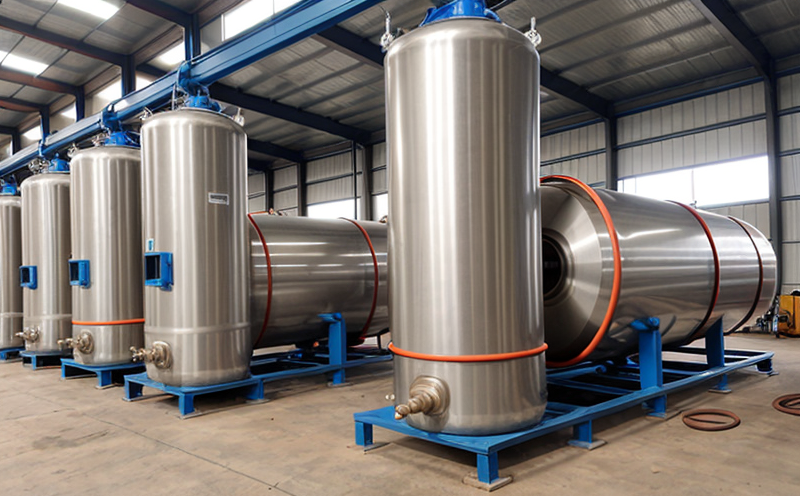
Pressure Vessels and Installations Testing
Pressure Vessels and Installations Testing Pressure vessels are a critical component of various ind...
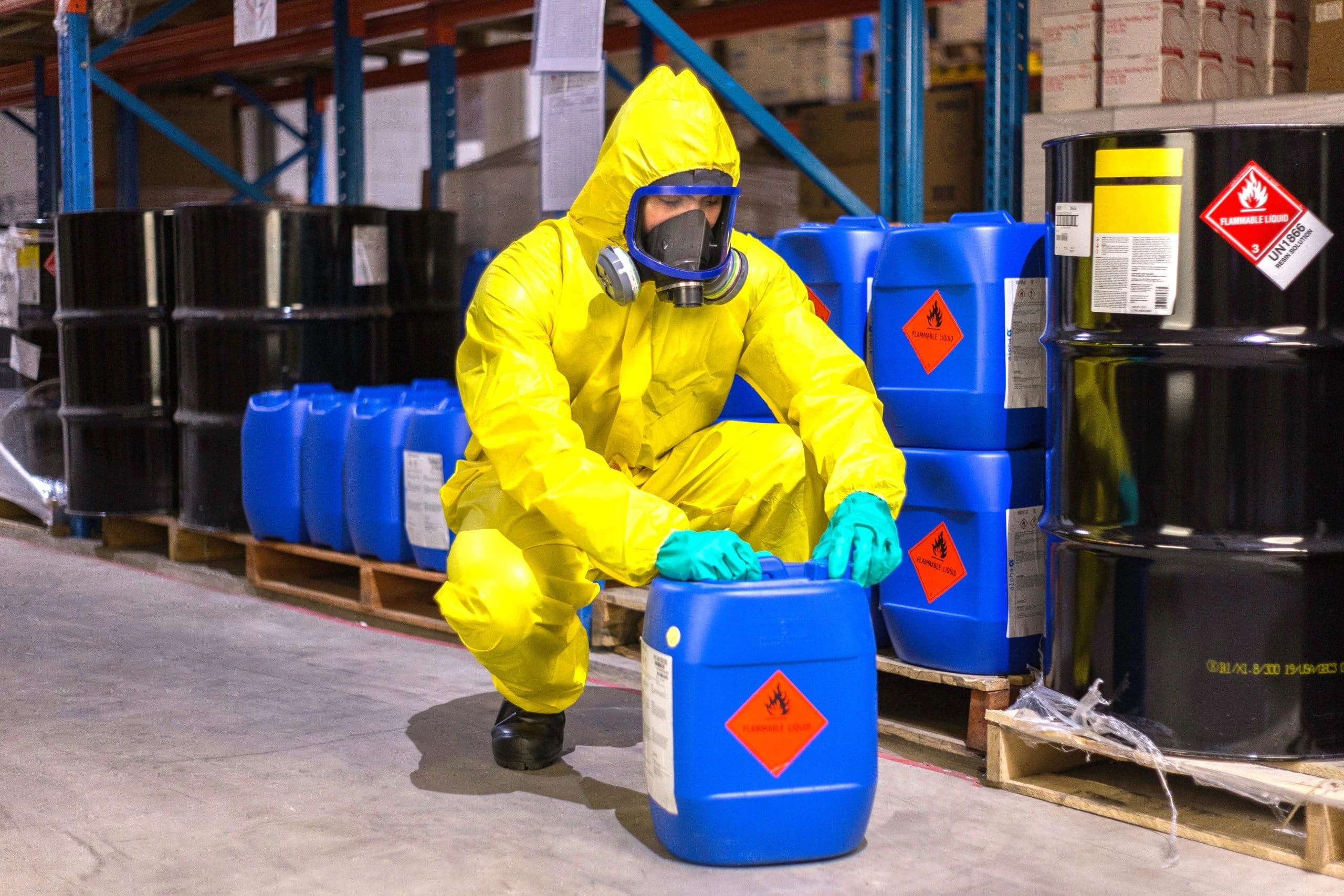
Chemical Safety and Certification
Chemical safety and certification are critical in ensuring the safe management of products and proce...
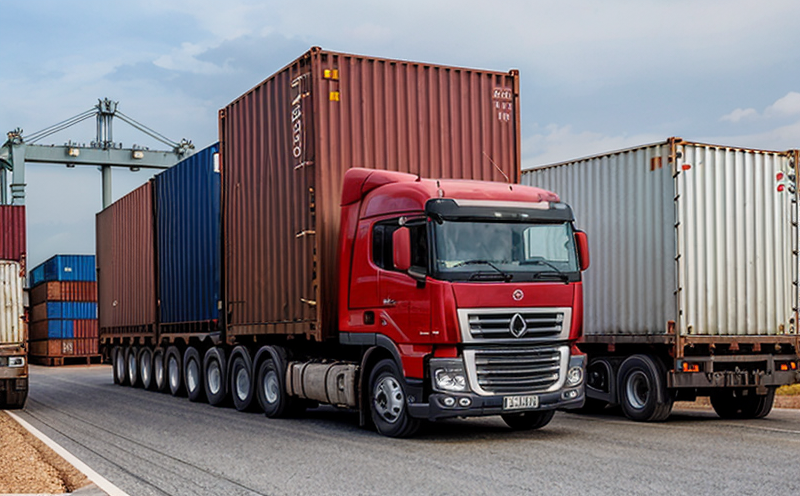
Transportation and Logistics Certification
Transportation and Logistics Certification: A Comprehensive Guide The transportation and logistics ...
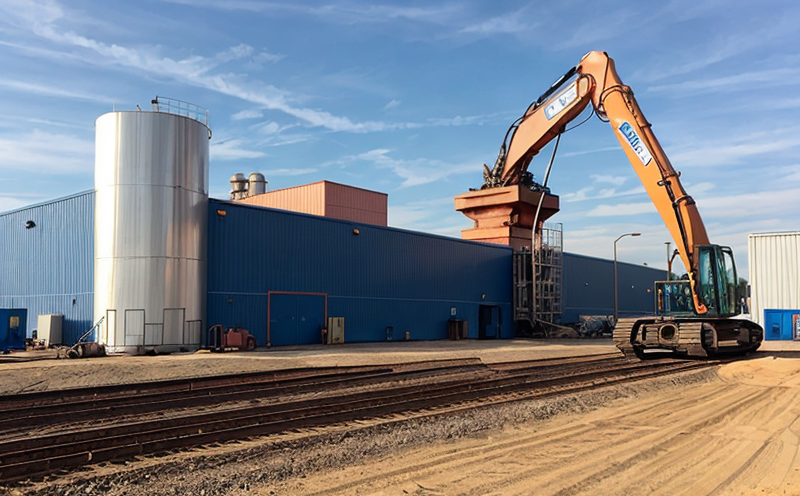
Industrial Equipment Certification
Industrial equipment certification is a critical process that ensures industrial equipment meets spe...

Fire Safety and Prevention Standards
Fire Safety and Prevention Standards: Protecting Lives and Property Fire safety and prevention stan...

Hospitality and Tourism Certification
Hospitality and Tourism Certification: Unlocking Opportunities in the Industry The hospitality and ...

Trade and Government Regulations
Trade and government regulations play a vital role in shaping the global economy. These regulations ...
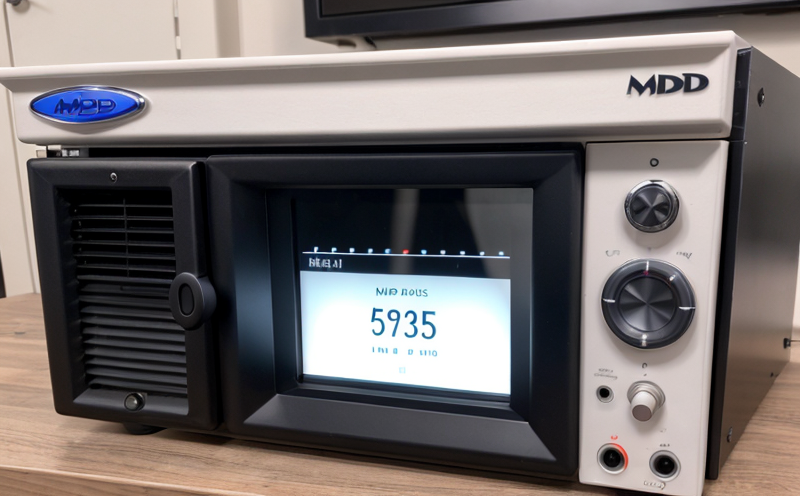
MDR Testing and Compliance
MDR Testing and Compliance: A Comprehensive Guide The Medical Device Regulation (MDR) is a comprehe...
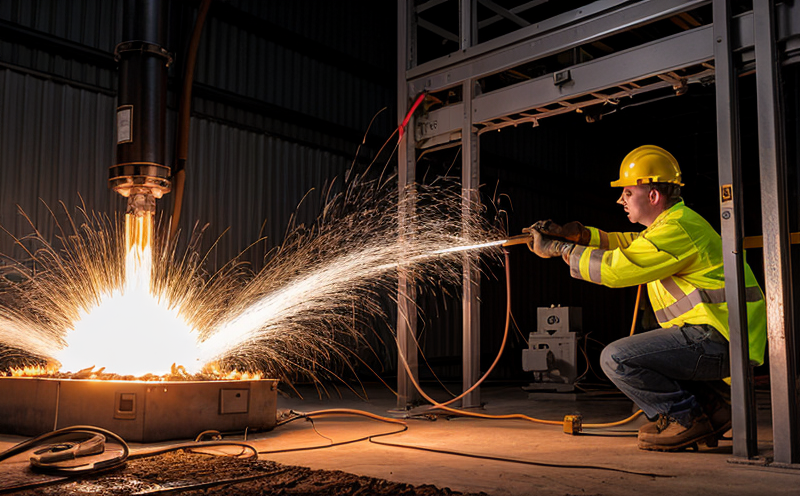
Electromechanical Safety Certification
Electromechanical Safety Certification: Ensuring Compliance and Protecting Lives In todays intercon...
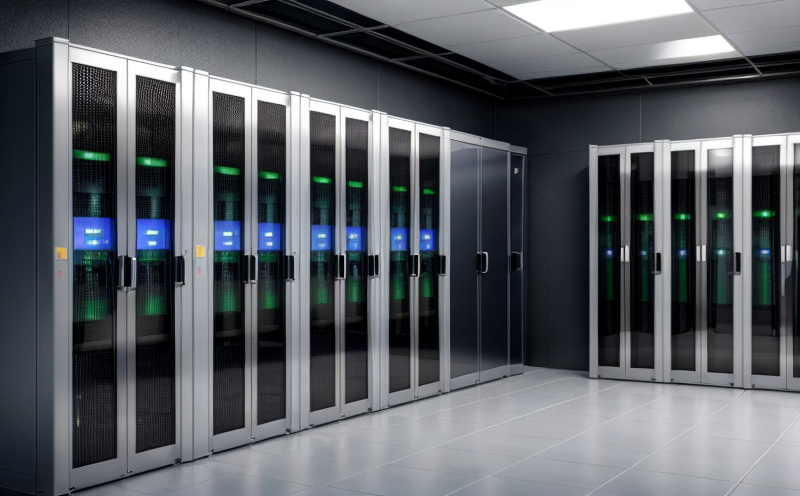
IT and Data Center Certification
IT and Data Center Certification: Understanding the Importance and Benefits The field of Informatio...
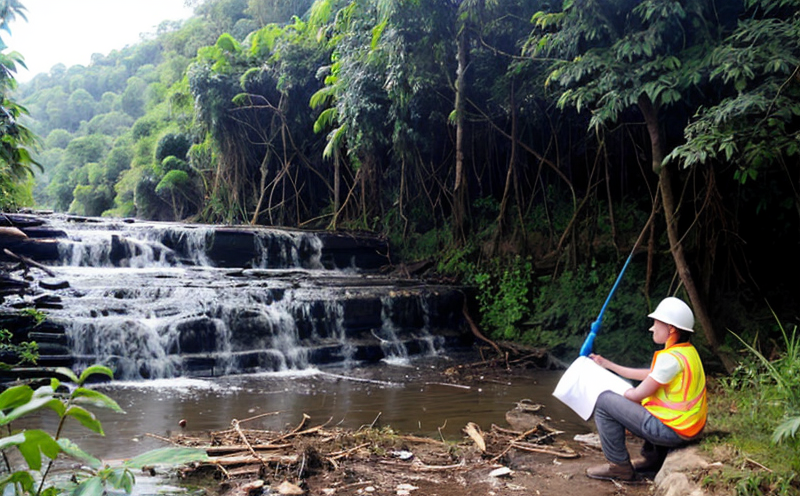
Environmental Impact Assessment
Environmental Impact Assessment: A Comprehensive Guide Environmental Impact Assessment (EIA) is a c...

Renewable Energy Testing and Standards
Renewable Energy Testing and Standards: Ensuring a Sustainable Future The world is rapidly transiti...

Environmental Simulation Testing
Environmental Simulation Testing: A Comprehensive Guide In todays world, where technology is rapidl...

Agricultural Equipment Certification
Agricultural equipment certification is a process that ensures agricultural machinery meets specific...

Lighting and Optical Device Testing
Lighting and Optical Device Testing: Ensuring Performance and Safety Lighting and optical devices a...

Product and Retail Standards
Product and Retail Standards: Ensuring Quality and Safety for Consumers In todays competitive marke...

Consumer Product Safety
Consumer Product Safety: Protecting Consumers from Harmful Products As a consumer, you have the rig...
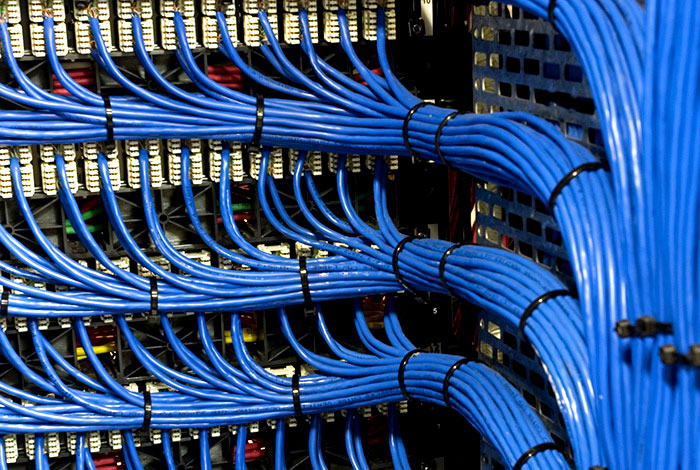
NEBS and Telecommunication Standards
Network Equipment Building System (NEBS) and Telecommunication Standards The Network Equipment Bu...
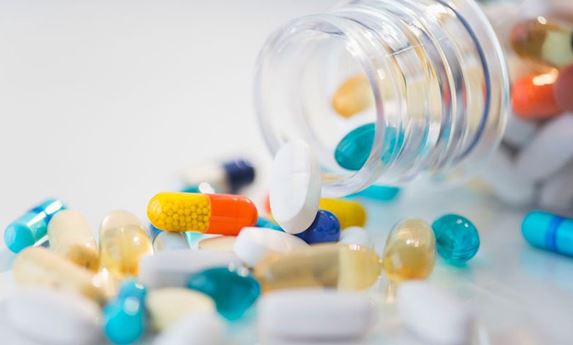
Pharmaceutical Compliance
Pharmaceutical compliance refers to the adherence of pharmaceutical companies and organizations to l...

Military Equipment Standards
Military Equipment Standards: Ensuring Effectiveness and Safety The use of military equipment is a ...